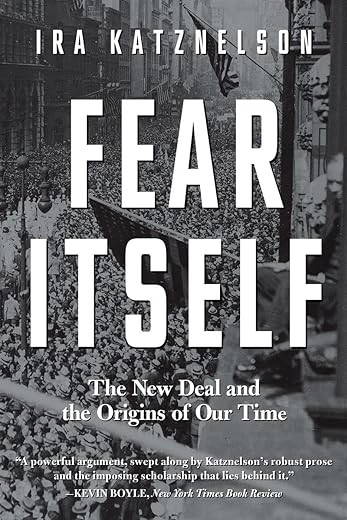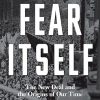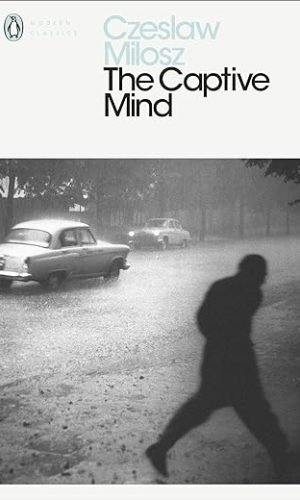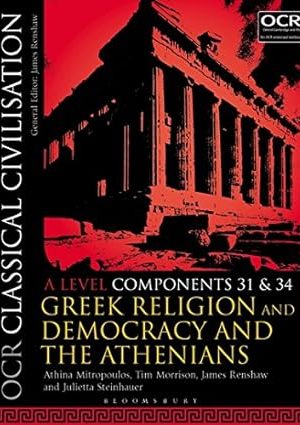Roll over image to zoom in
Fear Itself: The New Deal and the Origins of Our Time
£14.20
Redefining the traditional understanding of the New Deal, Fear Itself examines this pivotal American era through a sweeping international lens that juxtaposes a struggling democracy with enticing ideologies like Fascism and Communism. Ira Katznelson asserts that, during the 1930s and 1940s, American democracy was rescued yet distorted by a unified band of southern legislators who safeguarded racial segregation as they built a new national state to manage capitalism and assert global power. This study brings to life the politicians and pundits of the time, including Walter Lippmann, who argued that America needed a dose of dictatorship; Mississippi’s five-foot-two Senator Theodore Bilbo, who advocated the legal separation of races; and Robert Oppenheimer, who built the atomic bomb yet was undone by the nation’s hysteria. Fear Itself is a work vital to understanding America and the world the New Deal made.
Read more
Additional information
| Publisher | Illustrated edition (15 April 2014), Liveright |
|---|---|
| Language | English |
| Paperback | 720 pages |
| ISBN-10 | 0871407388 |
| ISBN-13 | 978-0871407382 |
| Dimensions | 13.97 x 3.05 x 21.08 cm |












by B. Portes
Another one of those book that reiterates its point ad infinitum. The thesis is good, the scope interesting — he redefines New Deal to extend to the Korean War. It’s the endless quotes that add nothing that wear one out. Serious editing would have improved it a great deal.
by therealus
Musician Patterson Hood, from Huntsville, Alabama, calls it the “Duality of the Southern Thing”: that paradoxical characteristic of the people of southern United States to combine the most endearing traits with the most repulsive. In Fear Itself, Ira Katznelson shows that the endearing side extends way beyond southern hospitality. During the middle decades of the twentieth century in particular, southern Democrats wholeheartedly supported their party’s progressive policies for revitalising the ailing US economy, under the umbrella title “New Deal”. But he also shows that their price for doing so was a perpetuation of the segregationist Jim Crow policies which kept black citizens disadvantaged. As collateral damage, many of those policies also kept much of the white citizenry dirt poor too, by denying workers in industries especially prevalent in the South, such as agriculture, the right to a minimum wage.
New Deal legislation was highly liberal in content, enabling among other things union organisation. But it carefully excluded certain sectors. The legacy of this, which ensured that farmworkers, especially in the south, were paid a pittance, is writ large in the persistent poverty and ongoing depopulation in the modern era, especially in Mississippi and Louisiana around the Delta region. Meanwhile, attempts to instigate legislation against lynching met with resistance from southern Democrats. Elsewhere in the US the rise in numbers, militancy and effectiveness of labour unions was accompanied by pressure from these organisations which, despite certain amount of segregationist residue, altered the balance of power. But in the south, the prejudices of many white workers, reinforced by the racist rhetoric of their politicians, meant that they preferred segregation to a better standard of living.
However, some of the benefits of the New Deal did come to the South: the Tennessee Valley Authority, for example, which employed at one time a million people, although almost exclusively in the short term the benefits were for whites.
In the run-up to the Second World War, the contradictions of the South intensified. The Nazis, seeing the way blacks were treated, anticipated the support of natural allies in the southern states; but quite to the contrary, the greatest support for the US joining the effort against fascism was amongst southern whites. In fact, if it had not been for southern support for military expansion the US would have had little with which to retaliate following Pearl Harbour. Nevertheless, the contradictions continued, not least in the extension of segregation into the military. Only the, somewhat inexplicable, widespread goodwill of the black population prevented the spread of civil unrest during this period, although nominally full employment also may have helped. Following the war, southern Democrats continued to frustrate attempts within their own party to introduce some measure of equality of treatment for black citizens.
Katznelson’s focus shifts a little post-war, to the actions and misdeeds committed in the cold war environment. During this period new contradictions entered the arena, with the US strong state created to protect “liberty” becoming increasingly intrusive and repressive: the FBI assigned to assess the loyalty of government employees; shadowy agencies deployed to eliminate potential adversaries in other countries, not least in America’s “backyard”, and replace them with pro-US dictatorships.
Whilst Fear Itself is a masterful examination of how the US state machinery works, its supposed subject, the New Deal, sometimes gets lost in Katznelson’s narrative. In fact, for the first couple of hundred pages it’s almost like Hamlet without the prince, and even when the New Deal does get a look in there’s still no examination of what, overall, the New Deal was. This does not fully detract from the book’s value, but it does at least suggest a lack of focus.
The sometimes poor editing provides entertainment for the nitpicking brigade (guilty, m’lud). We have James Frost, a journalist, “indicated” for pro-Nazi subversion; there’s a “statue” of limitations. At a couple of points, random upper-case letters stray into the middle of words. The author places Greece, Turkey and Yugoslavia with Iran in the Middle East. He asserts that the TVA covered an area, 40 thousand square miles, that was “the area of England”, which is actually 50 thousand. There are a couple of quotations which appear to have been mistranscribed, and thereby make little sense. But probably the most irritating and distracting detail is where, having talked about the alphabet soup surrounding the New Deal, the text enters a prolonged phase in which the acronyms for the National Industry Recovery Act (NIRA) and the National Recovery Administration (NRA) become confused. The index doesn’t really help, and sometimes confuses things more when it references the NRA on page 237 when it is the NIRA which appears in the text. At one point the NRA is referred to as “the act”.
I personally enjoyed the book: it’s interesting, and its content is highly relevant to understanding the United States as it is today. But its tendency to have quite often only a tangential connection to its purported subject loses it a star.
by Mr R.
great